Germany is a country in the centre of Europe.
Germany has a border on the North Sea.
The land is varied with lowlands in the north, hills in the centre and the mountains of the Alps in the south.
The geographical coordinates for the centre of Germany, also known as lines of latitude and longitude, are:-
Latitude - 51 00N
Longitude - 9 00E
The capital of Germany is Berlin.
After losing the war in 1945, Germany was divided between Britain, France and the US, who initially looked after the west and Russia who did the same in the
east. Between 1949 and 1990, Germany was two separate countries known as East Germany and West Germany. During
this time, the city of Berlin, which was in East Germany, was divided between the west and the east and by a wall, built in 1961. The wall was
destroyed by ordinary people in 1989.
Germany is a parliamentary republic with a president as head of state and a chancellor as head of the government.
In elections everyone over the age of 18 can vote.
The currency in Germany is the euro. Germany was a founder member of what is now the European Union.
German is the official language.
Check the weather in Berlin now.
This is the time in Berlin now








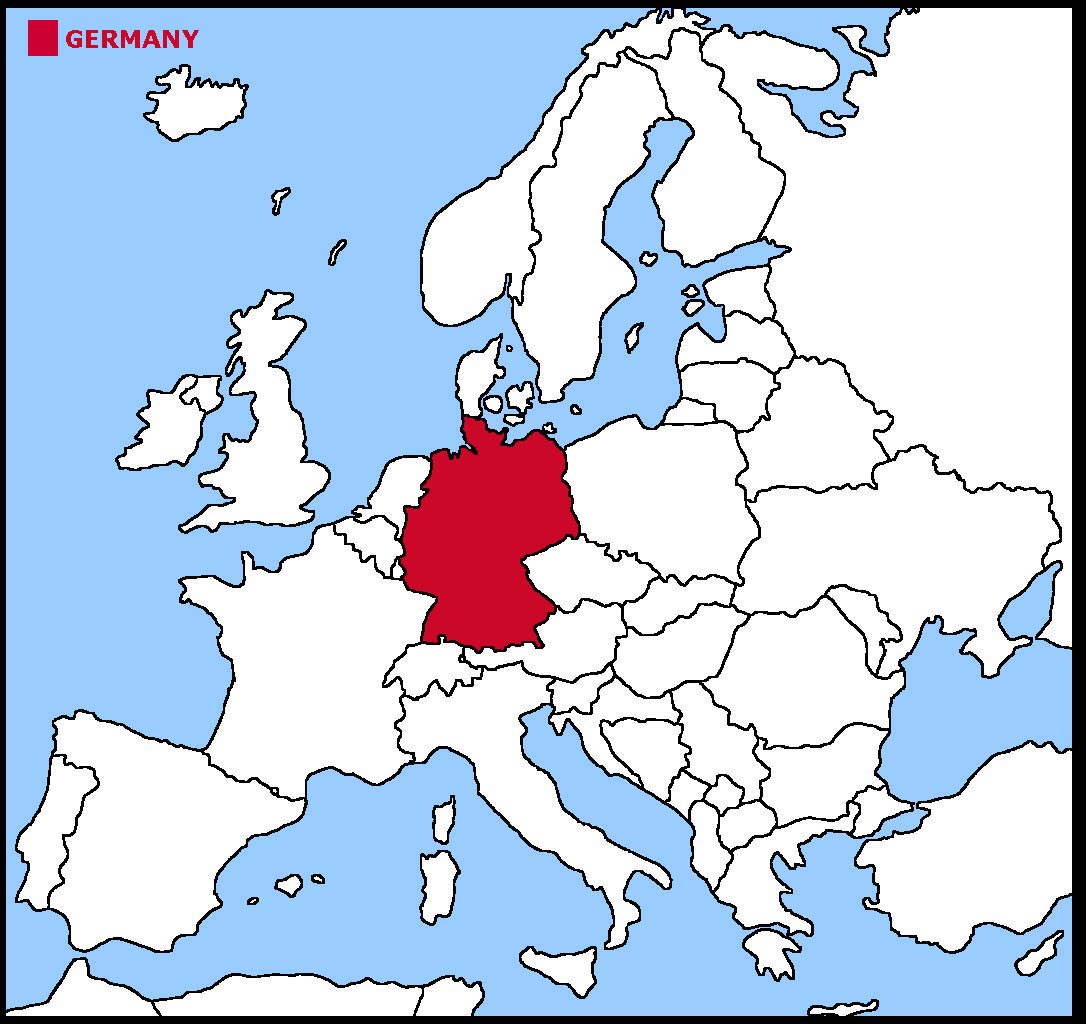

 The German flag is 3 equal horizontal stripes of black, red and gold. These colours date back to the time of the Holy Roman Emperor who had a banner that was a
black eagle with red claws and beak on a gold background.
The German flag is 3 equal horizontal stripes of black, red and gold. These colours date back to the time of the Holy Roman Emperor who had a banner that was a
black eagle with red claws and beak on a gold background.


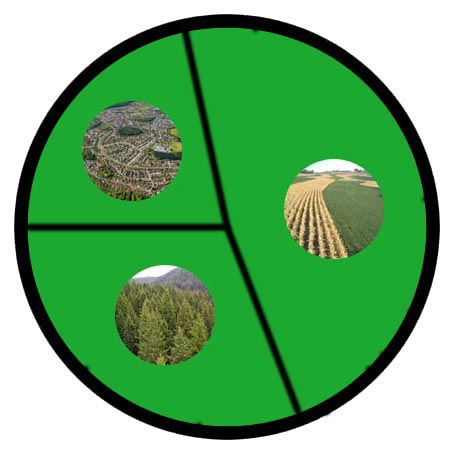

 Each little Owlbut is 1 person and
the big yellow rectangle is 1 sq km. After a while you can compare countries and see which ones are the most crowded. Remember it is only an average as
more people live closer together in towns and cities than in villages out in the country.
Each little Owlbut is 1 person and
the big yellow rectangle is 1 sq km. After a while you can compare countries and see which ones are the most crowded. Remember it is only an average as
more people live closer together in towns and cities than in villages out in the country.
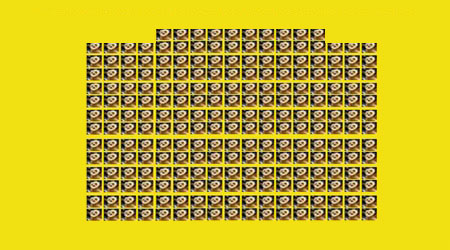

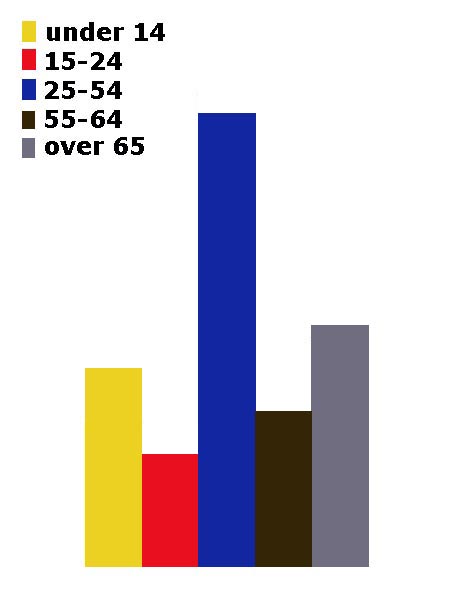
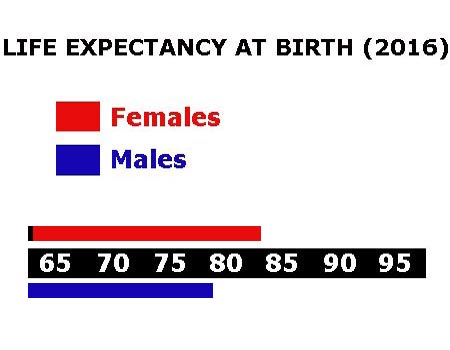

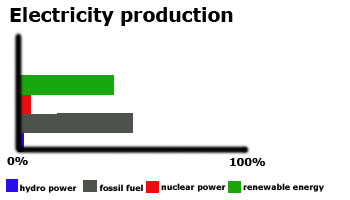

 They work in the following sectors.
They work in the following sectors.



